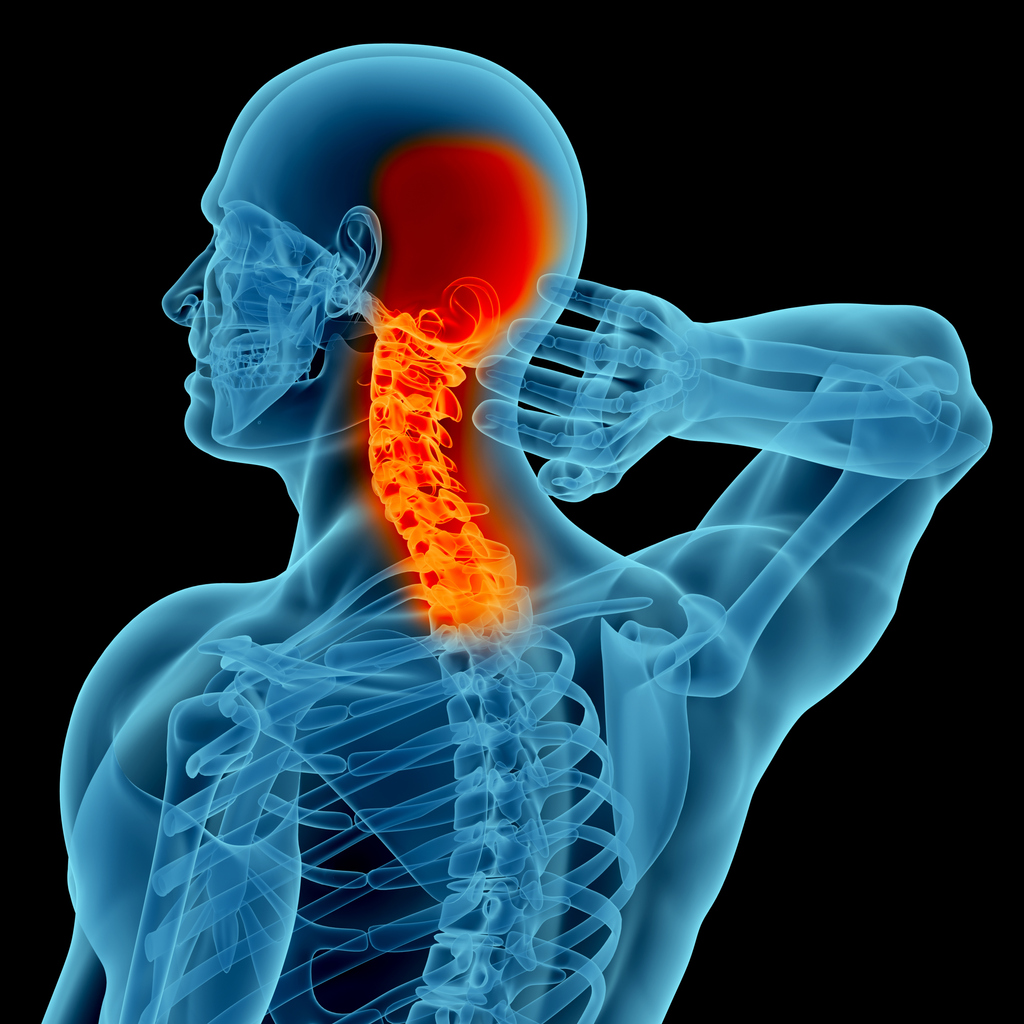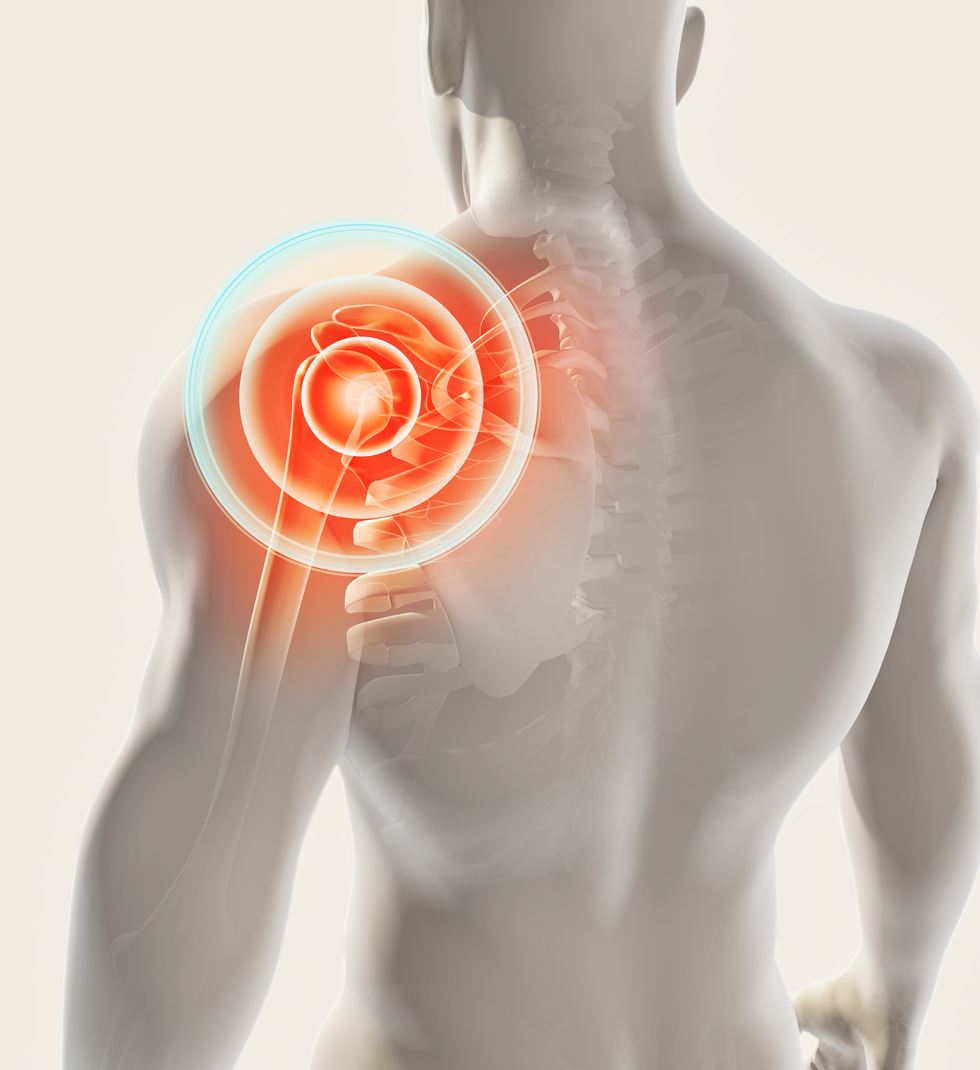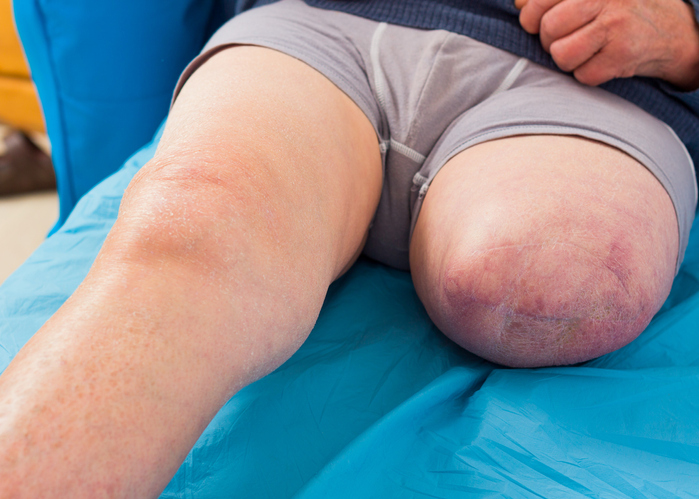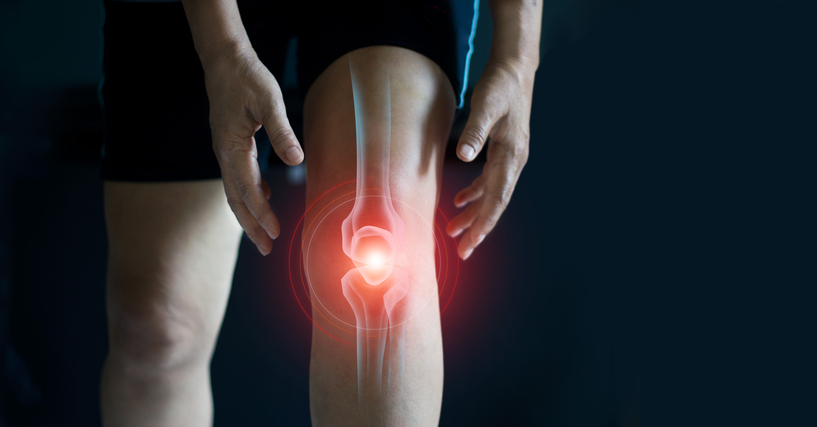Pain
Prevalence of Chronic Pain in the Adult Population
Source: National Institutes of Health: National Center for Complementary and Integrative Health, Centers for Disease Control and Prevention

34 people found this helpful
Print
Share
Save
The Centers for Disease Control and Prevention (CDC) estimates that 20 percent of Americans deal with chronic pain, and 8 percent deal with high-impact chronic pain (severe chronic pain that significantly interferes with everyday life).
Populations more likely to have chronic pain:
- Non-hispanic white adults
- Veterans
Populations more likely to have chronic pain and/or high-impact chronic pain (HICP):
- Women
- Older adults
- Adults living in poverty
- Rural residents
- Currently unemployed, but previously employed, adults
- Adults with public health insurance
- People 65 and older with both Medicare and Medicaid
Populations less likely to have chronic pain:
- People with a bachelor’s degree or higher education
Among these groups, socioeconomic status is a common factor in the prevalence of people with high-impact chronic pain. Indicators of socioeconomic status (education, poverty and health insurance coverage) seem to be a factor in the prevalence of high-impact chronic pain.
Identifying populations at risk for chronic pain is essential in creating affordable, accessible health care services.


















